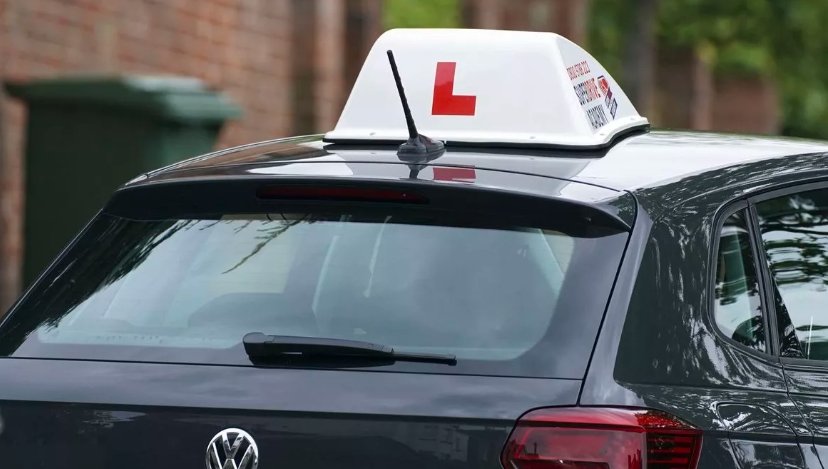A learner driver who failed the theory test 59 times before passing has been praised for their “amazing” commitment. The person, who has not been named, spent £1,380 and around 60 hours on the process at a test centre in Redditch, Worcestershire.
The theory test
The theory test is a computer-based test that consists of two parts: a multiple-choice section and a hazard perception section. The test taker has to answer 50 questions in 57 minutes and score at least 43 out of 50 to pass the multiple-choice section. The hazard perception section involves watching 14 video clips and clicking the mouse when a developing hazard appears. The test taker has to score at least 44 out of 75 to pass the hazard perception section.
The test taker has to pass both sections in the same sitting to pass the theory test. If they fail one or both sections, they have to book and take the full test again, even if they passed one part this time. They have to wait at least 3 working days before taking the test again.
The record breaker
The learner driver who broke the UK record for the most theory test attempts passed the test on their 60th try. They spent a total of £1,380 on the test fees, which are £23 per attempt. They also spent around 60 hours on the test, which is an hour-long test.
The person’s identity and gender have not been revealed, but it is known that they took the test at the Redditch test centre in Worcestershire. The test centre has a pass rate of 51.6%, which is slightly higher than the national average of 47.7%.

The previous record holder for the most theory test attempts was a 42-year-old man from Liverpool, who passed the test on his 57th try in 2019. He spent £1,315 on the test fees and 57 hours on the test.
The reaction
The learner driver who passed the theory test after 59 attempts has been congratulated by many people on social media. Some praised their perseverance and dedication, while others joked about their driving skills and road safety.
One user wrote: “Wow, that’s amazing. Well done to them. I hope they pass their practical test soon.”
Another user commented: “That’s some serious commitment. I admire their determination. I passed my theory test on my first try, but I failed my practical test four times.”
A third user said: “That’s hilarious. How can someone be so bad at the theory test? I hope they never get behind the wheel of a car.”
A fourth user added: “That’s scary. Imagine being on the road with someone who took 59 attempts to pass the theory test. I hope they stay away from me.”
The advice
For those who are preparing for the theory test, there are some tips and resources that can help them pass the test. Some of the advice are:
- Study the Highway Code, which contains the rules and regulations of the road. The test questions are based on the information in the Highway Code.
- Use the official DVSA theory test app, which has practice questions and mock tests for both the multiple-choice and hazard perception sections. The app also shows the feedback and explanations for the correct and incorrect answers.
- Watch the hazard perception videos on the official DVSA website, which show the developing hazards and the ideal time to click the mouse. The videos also have tips and hints on how to spot the hazards and score the maximum points.
- Book the test at a convenient time and location, and arrive early to avoid stress and anxiety. The test taker should also bring their provisional driving licence and confirmation email or letter to the test centre.
- Review the test results and learn from the mistakes. The test taker will receive a letter at the test centre, which will tell them which parts they did not score enough points on. They should focus on improving their weak areas and practise more before taking the test again.


















